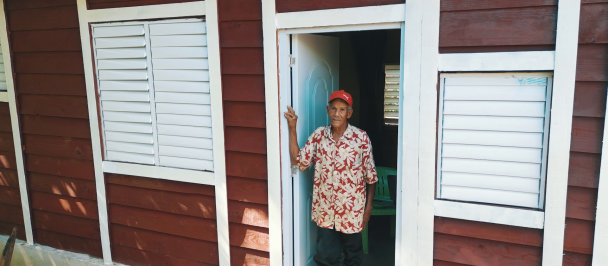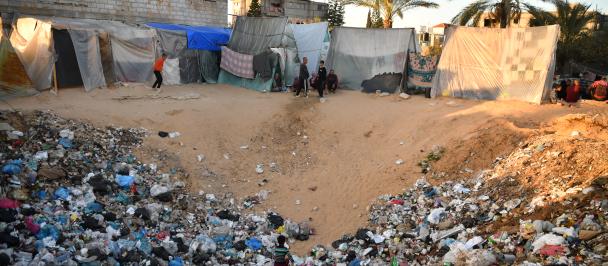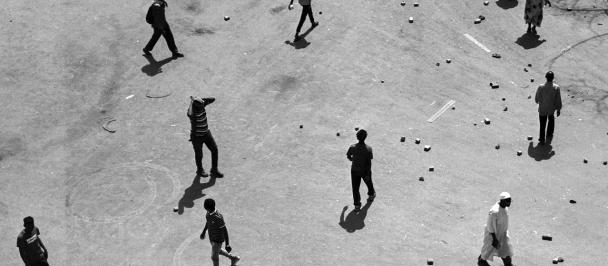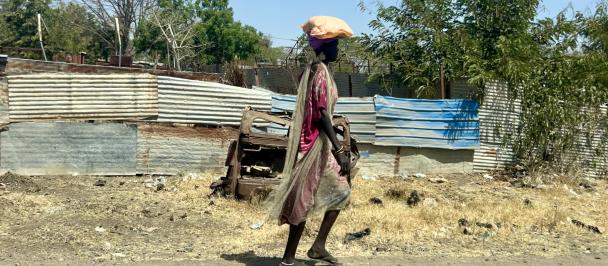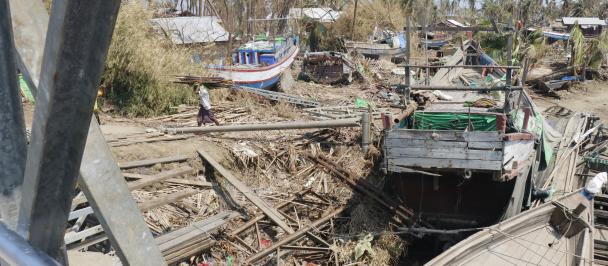One year after the earthquakes in Türkiye, signs of recovery are sparse
Overcoming the unthinkable
February 12, 2024
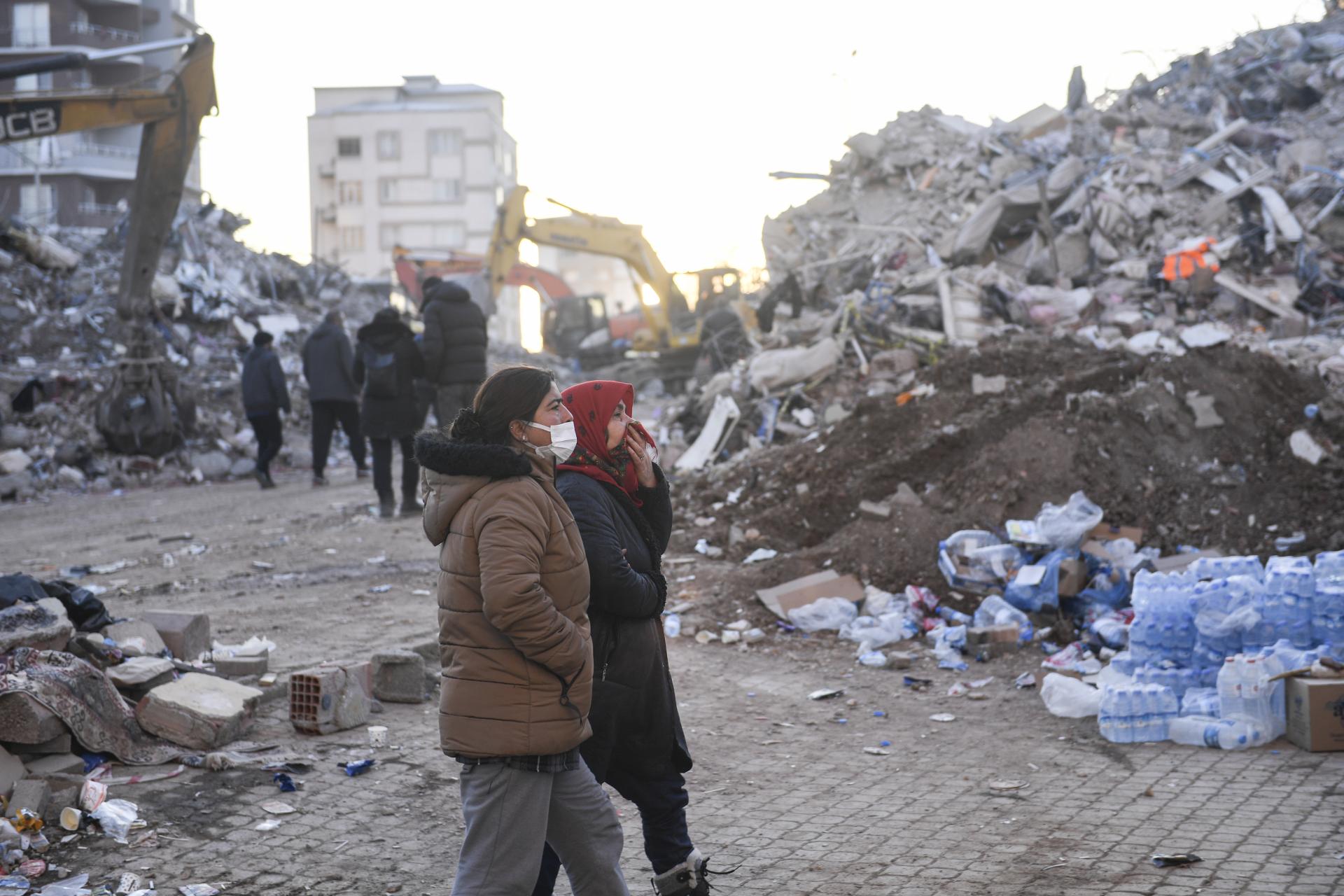
Two powerful earthquakes struck Türkiye on 6 February 2023, killing 53,537 people and leaving 3.3 million homeless.
As Türkiye passes the one-year mark since a pair of powerful earthquakes killed 53,537 people and left 3.3 million homeless, it is a good time to reflect on where we are in the process of recovery and reconstruction. These are areas to which UNDP has been fully committed since the first days after the disaster. What have we managed to achieve, and what challenges still await? What lessons have we learned?
First, the impact of the disaster has humbled us all. The destruction was so vast as to be all but unthinkable, so much so that communicating the magnitude has been a challenge. Crumbled buildings stretch across more than 500 kilometres, as far as the drive from Berlin to Warsaw. In all, the earthquakes destroyed 313,000 buildings containing 900,000 separate units, generating 100 million cubic metres of rubble – enough to cover all of Manhattan in debris two metres high.
All of these figures are unprecedented, even for a country as earthquake prone as Türkiye. One of UNDP’s first contributions was to support the President’s Strategy and Budget Office in putting a total dollar value on earthquake damages. In just 40 days of feverish work, this exercise yielded a credible calculation of US$103.6 billion – or 9 percent of Türkiye's GDP.
"The scale of the disaster continues to dwarf the resources available to address its consequences."
This brings us to the second lesson: the scale of the disaster continues to dwarf the resources available to address its consequences. A Brussels donor conference in March 2023 yielded commitments of EUR6 billion – a huge amount under the conditions of a “normal” disaster, but just a tiny fraction of Türkiye’s documented needs. This disproportion is reflected in UNDP’s experience: of a call for US$548 million issued in March 2023, only $50 million has been funded.
Despite the huge resources that the government has devoted to the earthquake response – amounting in 2023 to around 3.7 percent of GDP – any return to normal life remains a distant prospect. At least 750,000 people will spend the winter in temporary shelters, many in 414 organized “container cities” but a sizable number are still in damaged homes or improvised tent settlements. Conditions remain rugged, with sanitation and other services in short supply.
Not surprisingly, the disaster spurred millions of affected people to move to other locations. Fully half of the pre-disaster residents departed from the most devastated cities. Many have since returned, but scarce housing and strategies of family separation – the breadwinner remaining in the earthquake zone while dependents take refuge elsewhere – keep many people on the move.
Kilis municipality, which survived the earthquakes with its physical infrastructure relatively unscathed, can give a sense of the dynamic. Having already doubled in population during the Syrian refugee crisis, Kilis expanded by another 40 percent in the days following the disaster.
Such population movements create dilemmas for local industry. Business leaders report acute labour shortages, as workers with marketable skills, for example in the region’s big textile sector, seek employment elsewhere. Meanwhile, small businesses such as shops, cafes, gyms and hairdressers, which tended to operate out of the ground floors of collapsed residential towers, lost their premises, inventories, raw materials and often their employees and customers.
The reconstruction of decent and dignified housing is logically a top priority and a precondition for the return to “normal life” that is key to the region’s recovery. The effort will take years to complete, as was clear from the recent announcement that, in all, 46,000 replacement apartments (around 7 percent of what is needed) would be ready by 6 February 2024.
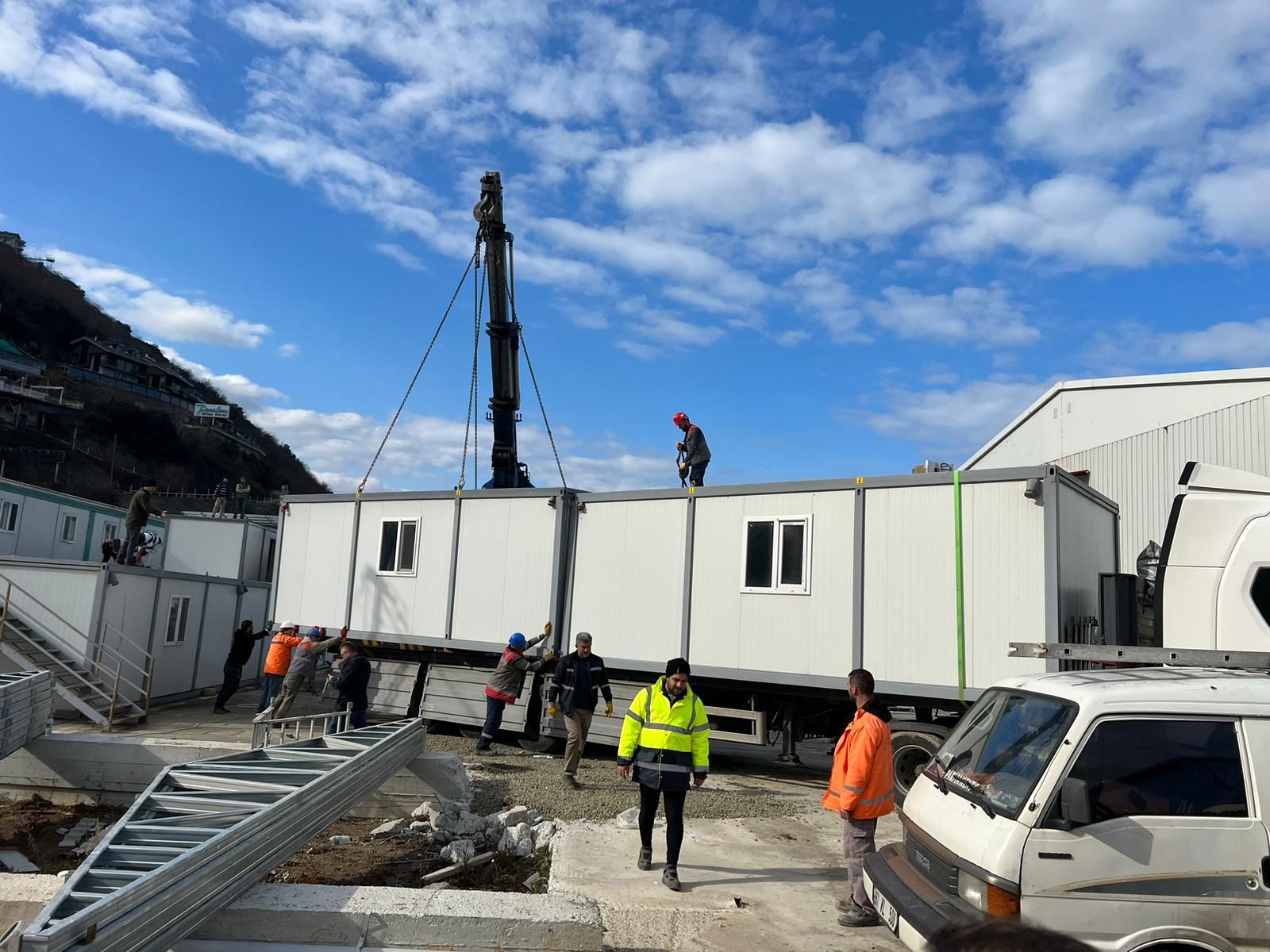
Some earthquake survivors are spending the winter in “container cities”, while many remain in damaged homes or improvised tent settlements.
But recovery is more than just a house – and this is UNDP’s third lesson learned. Restoring livelihoods, ensuring that earthquake survivors have the jobs that generate income and a sense of self-reliance, is equally important. This principle has guided UNDP’s priorities in the response. On the one hand, UNDP is helping small businesses get back on their feet; on the other, it is providing vocational training to fill labour-force gaps for high-demand industries.
The centrepiece of these efforts has been a Swedish-funded US$10 million programme of “earthquake recovery grants” awarded to 4,616 small businesses across the 11 most affected provinces. While modest in the face of almost infinite need, the UNDP grants had the advantages of speed and simplicity, with cash landing in bank accounts within weeks of the call for applications. The aim was to create a “trickle up” effect to catalyse a wider economic revival.
The results have been so positive that UNDP is urgently seeking fresh funding to expand the programme. The financial impact has been important, grantees say, but even more so the solidarity and hope the programme has represented for survivors left feeling isolated and abandoned.
This brings us to the fourth lesson learned. It is vital not to underestimate the trauma that millions of earthquake survivors have experienced. For them, this is not something in the past but rather a current reality of anguish and loss. As the memory of the disaster fades for those living outside the region, sadly there is no relief for those reliving earthquake memories.
“There is nothing in life that gives me pleasure.” This is what I was told, quietly and without a trace of self-pity, by an official who lost many close relatives and was himself trapped under the rubble for eight hours. “We are a lost generation and will be this way until we die.”
These thoughts are stark but by no means uncommon, and they reflect a depth of loss that all the psychosocial support in the world, however well-meaning, could barely touch. Recovery is also about people’s souls, their need to feel remembered and respected. As we pass the earthquake’s one-year milestone, rather than turning away from a region where the signs of recovery are still so sparse and tentative, we should be commemorating the victims, cherishing the survivors, and redoubling our efforts to revive people’s hopes and dreams of a better future.
This article was originally published by Anadolu Agency.

 Locations
Locations
